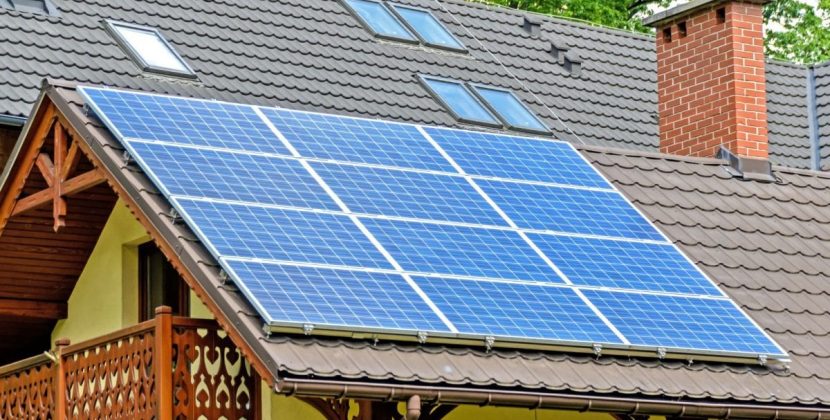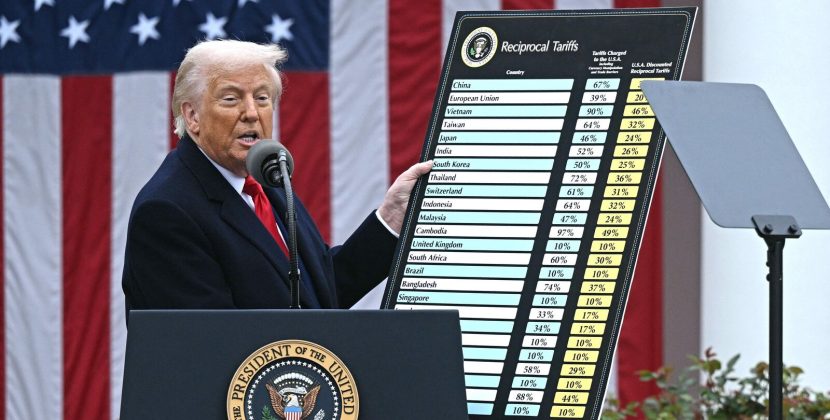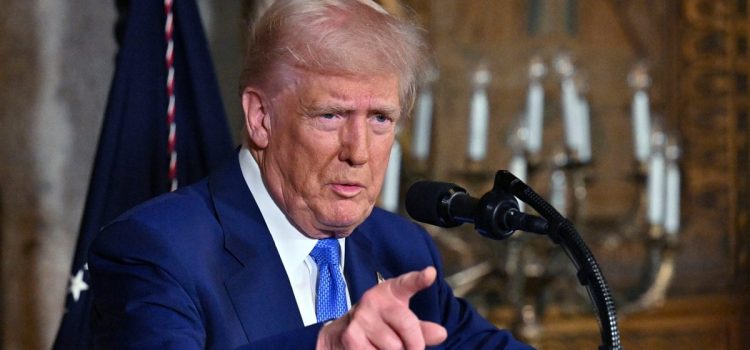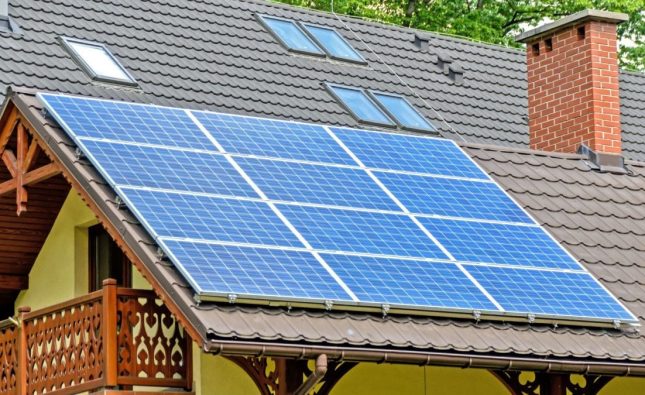
– By Sanjaya Mariwala
US-India trade relationship is back in focus as the Trump administration pushes to impose reciprocal tariffs – charging the same rate of duty charged on American goods by its trading partners. The 15.3% duty by India on American products, significantly higher than the 3.83% duty the US charges Indian products, has reignited tensions. The hike in the tariffs on Indian exports could water down the competitive advantage, shrink the trade, and widen India’s trade deficit.
The bigger question, however, is whether this is truly an economic threat or political bluster. Even if the words from Trump paint India as a “tariff abuser,” the overall impact, based on evidence, could be less damaging than expected. SBI Research states that if the US imposes 15-20% tariffs, Indian exports may be affected by 3-3.5%. But the move does pose a risk to India’s long-term trade strategy, especially since the US remains its largest export destination, accounting for 17.7% of total exports. This could also lead to immediate export losses with indirect effects, like supply chain disruptions and reduced investor confidence.
Trade Dependence: US Needs India as Much as India Needs the US
Trade between the US and India has improved, year -on -year, with bilateral trade, reaching $ 190 bn in 2024. Exports from India to the United States reached $ 74 bn, and the US exported about $ 42 bn to India, resulting in a trade surplus $ 32 bn tune in India’s case. This surplus, however, makes India sensitive to the same anti -retaliation tariff proposed by the US government.
India supplies 40% of the generic pharmaceutical market in the US, and its dominance in IT services, textiles, auto components, and engineering goods makes it an irreplaceable partner. With India offering competitive pricing across these sectors, the US stands to benefit from cost-effective solutions without compromising quality. On the flip side, India relies on American crude oil, aircraft, high-end electronics, and defense equipment. The tariff dispute threatens to disrupt this balance and may force India to rethink its trade priorities.
Road Ahead: Policies to Enhance Resilience in Indian Trade
While diversification is a good starting point, India needs to pursue a multi-prong strategy to protect its volume of exports, increase domestic manufacturing, and negotiate smarter trade deals.
First, the India-US Bilateral Trade Agreement (BTA) needs to be hastened. We aim to attain the trade goal of $500 billion by 2030, and a structured agreement could provide a reprieve from tariffs, avert a long and pricey trade conflict, and bring market security.
Second, India needs to bring more sectors under the Production-Linked Incentive (PLI) program to enhance manufacturing in focus industries such as electronics, pharma, and semiconductors. By reducing dependence on imports and making the export market competitive, India can become a global manufacturing destination.
Third, trade infrastructure must be upgraded. Ports, expressways, and digital customs are to be expanded. The proposed India-Middle East-Europe Economic Corridor (IMEEC) could be a game-changer, simplifying Indian exporters’ entry into Western nations.
Finally, India ought to engage in the negotiations of Free Trade Agreements (FTAs) with major partners. The India-EU FTA, Indo-Pacific trade partnerships, and greater trade agreements with the nations in the Gulf offer Indian products alternative destinations. The agreements will, in addition to cutting tariffs, enhance the bargaining position of India in world trade negotiations.
Navigating the Future through Strategy, Not Panic
Trump’s tariff maneuvers are a reminder world trade is in transition, and dependence on a single market is problematic. India must prioritise market diversification, enhance local production, and negotiate trade agreements that provide long-term security. The trade deficit problem could be met by export promotion, import substitution, and the enhancing of trade infrastructure.
As long as India continues to develop global networks and industries, it shall survive the brunt of tariffs and become a resilient, indigenous, and competitive global economy. Rather than responding to trade tensions in the short term, India needs to play the long-term game, making the tensions an opportunity to transform the economy. The global trade pattern is in transition, and India needs to see to it that it’s not just adjusting to the transition but leading the transition.
(Sanjaya Mariwala is the Executive Chairman and Managing Director of OmniActive Health Technologies Ltd and President of IMC Chamber of Commerce and Industry.)
(Disclaimer: Views expressed are personal and do not reflect the official position or policy of Financial Express Online. Reproducing this content without permission is prohibited.)











